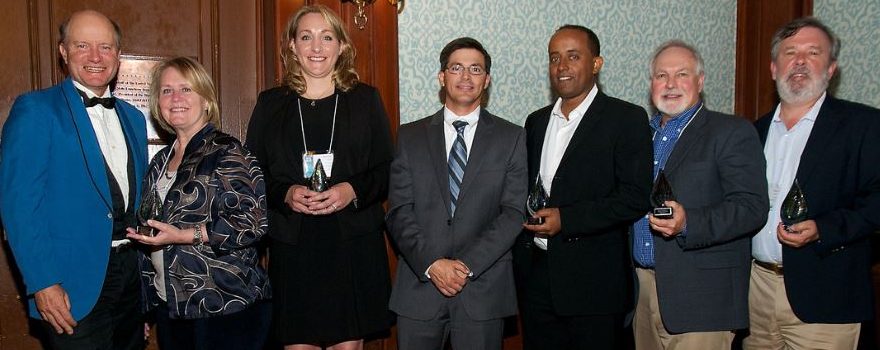Today’s heat index is 106..Summer is almost here! In three days, to be exact. Time for cookouts, floating the river, and lounging by the pool (if you haven’t done so already). But before you load up your cooler with ice cold beverages, consider what kind of packaging you select. You know what I’m talking about…the biggest scam of recent history…bottled water.
According to National Geographic, Americans drink their way through 50 BILLION bottles of water per year (and spend over $100 billion per year to do so), and most of those bottles do not get recycled (over 80% end up in landfills). Consider these other ramifications of bottled water:
- Transporting the bottles and keeping them cold also burns fossil fuels, which give off greenhouse gases.
- Groundwater pumping by bottled-water companies draws heavily on underground aquifers and harms watersheds.
- According to some estimates, it takes up to three liters of water to produce one liter of bottled water. What kind of ROI is that?
- As of 2013, 783 million people do not have access to clean water and almost 2.5 billion do not have access to adequate sanitation. And we are paying for something free!!! WHY.
- Bottled water, even that “organic sustainable artisan spring water hand-captured by underprivileged yogis on a spirit journey” is not necessarily healthier or cleaner than tap water, and in many cases is often of lower quality. And that’s not even getting into the BPA and other chemicals in the bottles themselves that leach into the water. On that note, bottled water is usually taken from municipal supplies anyway, so I say again, we are paying for something free.
I want to encourage everyone to make more sustainable choices in your outdoor activities, and use reusable drinking containers. We got those excellent insulated mugs at the White Elephant party last December. Hard-plastic and stainless-steel water bottles are also good options. For picnics, why not buy reusable plastic cups (they are like 80 cents each), or challenge yourself to make a Solo cup last all summer (my grandma has used the same pack of Solo cups for several years). On that note, instead of buying lots of individual bottles of water or juice, why not buy a gallon or two and pour it into said reusable cups? That way we can save the bottled water for the people who actually need it, like those in developing countries, or Flint, MI, West Virginia, or North Carolina.
If you would like more information on bottled water, you can refer to these articles.
Catie Sauer
Archaeological Technician
LEED® Green Associate™




